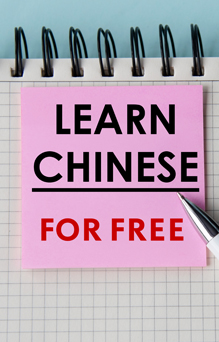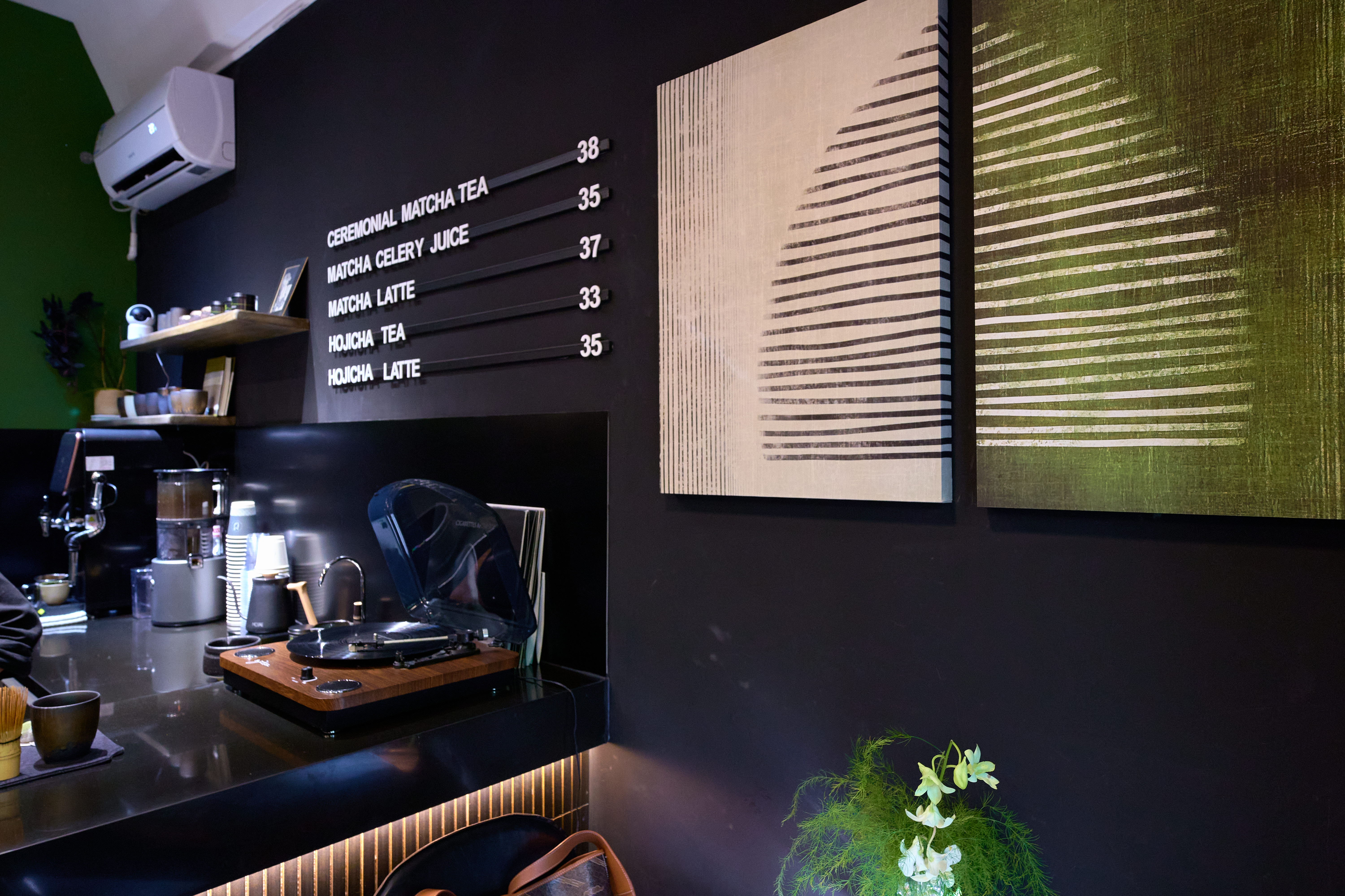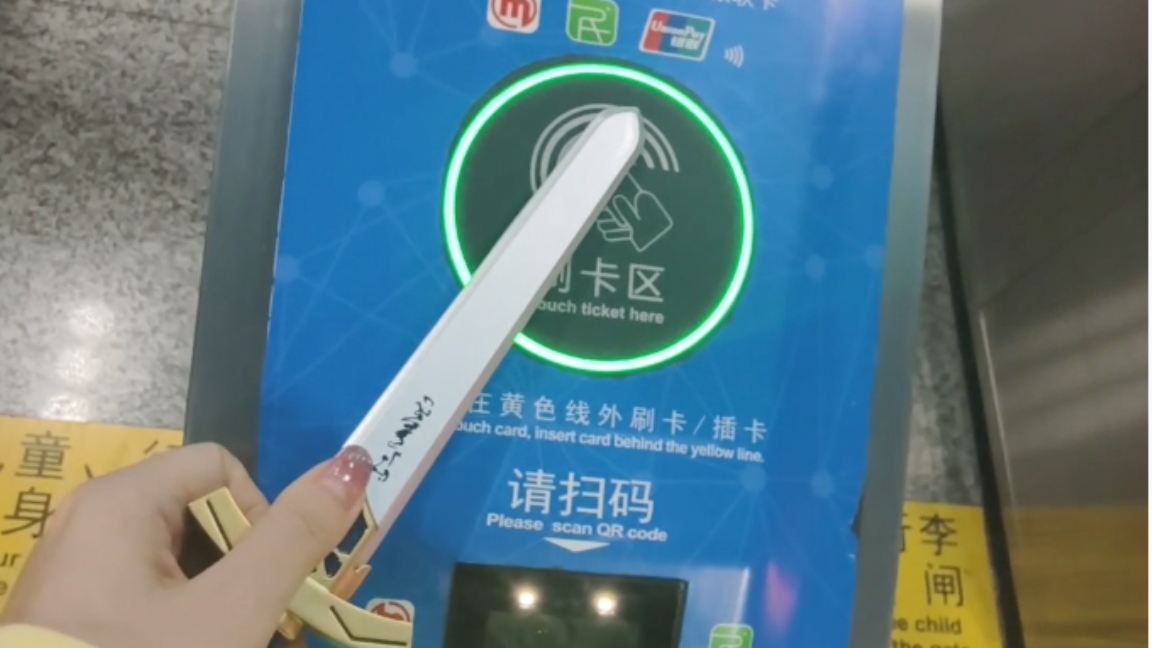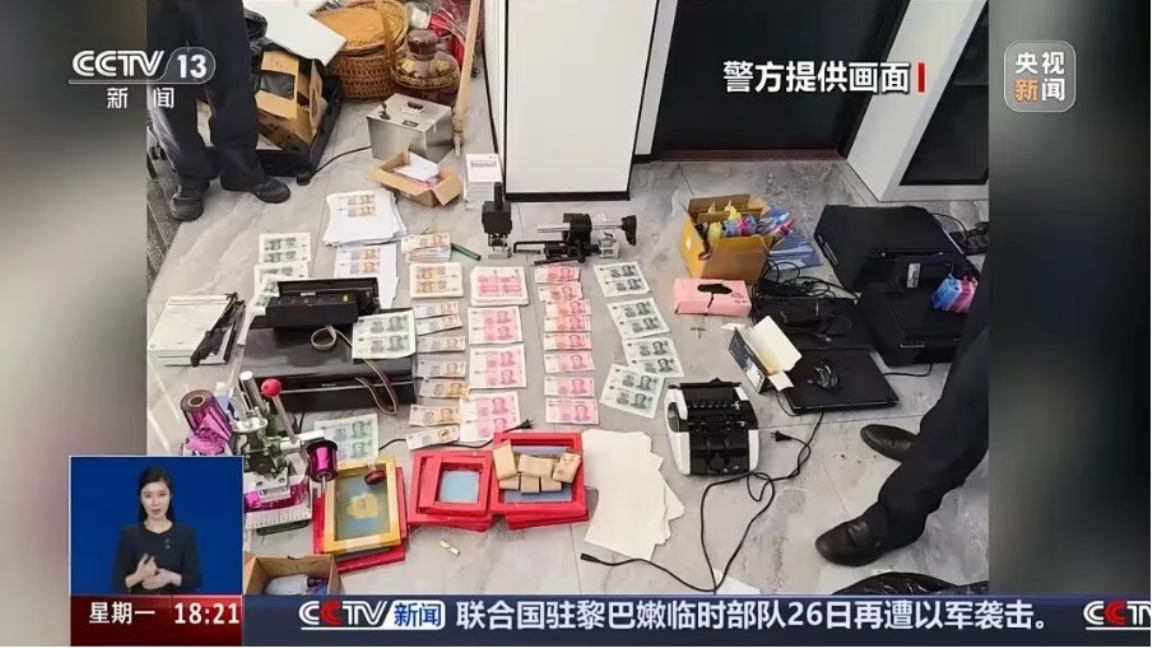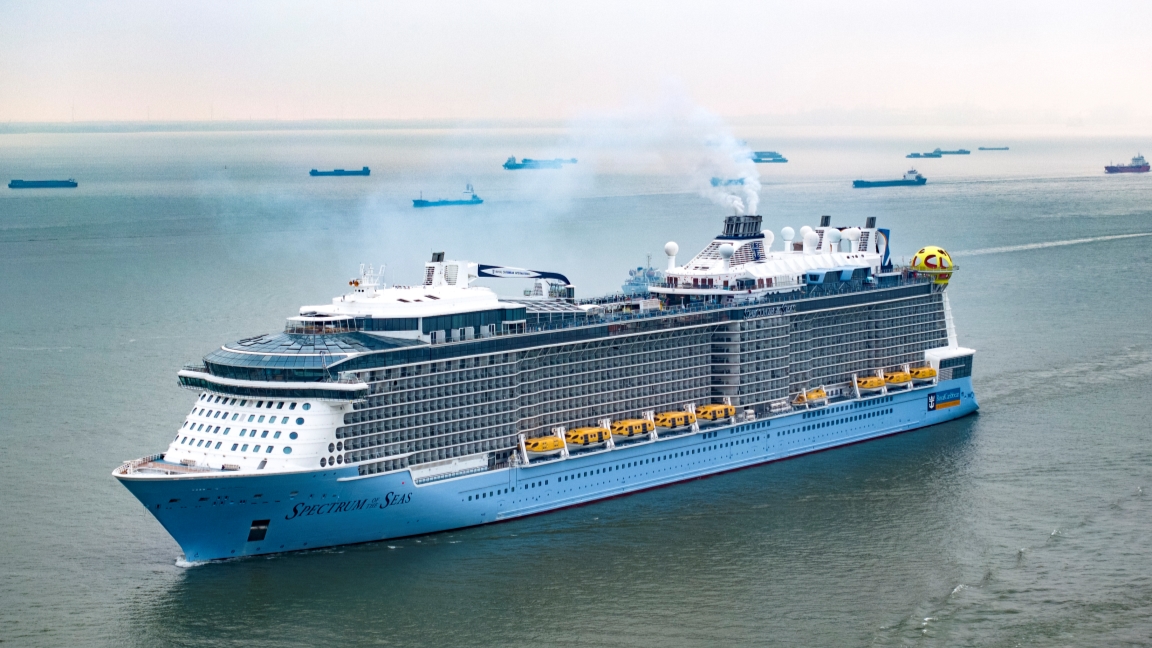[Hai Lights] Matcha is Trending in Shanghai, Here's How To Drink It
![[Hai Lights] Matcha is Trending in Shanghai, Here's How To Drink It](https://obj.shine.cn/files/2025/08/18/e6fa1086-1f95-40f6-86ca-fc7c4a4b7ed9_0.jpg)
[Hai Guide] is our ongoing column series to explain this beautiful, chaotic city in a way that makes it slightly less confusing and marginally more livable. From how to navigate the bustle at Formula 1 weekend, to living as a vegan sourcing vegan cheese without bartering your passport, we've got the essential intel. Think of it as Shanghai 101, written by people who've already made the mistakes so you don't have to.
If it's weird, wonderful, or just plain necessary, you'll find it here. Eventually.
Yes, there is a global matcha shortage.
If you've been even loosely tuned in to online culture lately, you've probably noticed that matcha (a finely ground powder made from specially grown and processed green tea leaves, duh) drinks are the recent hot tea (wink). The obsession has reached such heights that headlines around the world are now declaring a global matcha shortage.
MATCHA, of course, is roughly 800-900 years old, but until something gets picked up by pretentious influencers and self-obsessed celebrities, the general public remains indifferent. First half of the year we had Labubus, now matcha. Which... shifting from mindless consumerism of a sort of stupid, stuffed animal trend, to now an appreciation for a centuries-old traditional drink, well, I'd say that's an improvement in the trend space.
![[Hai Lights] Matcha is Trending in Shanghai, Here's How To Drink It](https://obj.shine.cn/files/2025/08/15/a535b24f-753f-445d-81d7-2a3cb6dfdad1_0.jpg)
![[Hai Lights] Matcha is Trending in Shanghai, Here's How To Drink It](https://obj.shine.cn/files/2025/08/15/ddcca847-460e-4a0e-af02-a36f39580119_0.jpg)
Now, I have been a matcha enthusiast for years now. The mockery I've had to endure, for imbibing a drink "that tastes like grass." Alas, if you've ever drank matcha before and it tasted like grass, it was simply a trashy matcha. I've since become obsessed with high-quality matcha, and now, you will too.
In this edition of Hai Guide, we're going to explore the world of matcha. The different types, how to order, what to look out for, as well as some of the cooler things happening in this space here in Shanghai, because it is becoming a thing here, for sure. To get to the bottom of the Matcha Question, we decided to interview someone trained by the Matcha Masters themselves. A lovely proprietor from Armenia, Grace, who recently opened her own place in Changning District, not far from the Columbia Circle, called Matcha Tea Love. Let's dive deep into the green matcha waters, full of antioxidants and their associated benefits.
![[Hai Lights] Matcha is Trending in Shanghai, Here's How To Drink It](https://obj.shine.cn/files/2025/08/15/2ae82c77-0d76-4767-998d-49d66913b707_0.jpg)
![[Hai Lights] Matcha is Trending in Shanghai, Here's How To Drink It](https://obj.shine.cn/files/2025/08/15/93767dd4-7e18-44d3-9167-b4066d659c13_0.jpg)
So, tell me, how did it all start?
Well, before I opened my place, I was just a casual matcha drinker for like 6 years. I began to slowly fall in love with not just the taste, but the whole culture and ceremonies behind it. Not to mention the health benefits. First, I created a brand for selling matcha powder in Armenia. At that time, it was still quite new. Now it's very popular, but even just a year ago, most people didn't really like matcha. I believe it was because the quality wasn't good. It was a dream for me to make high-quality matcha available and accessible to people in Armenia.
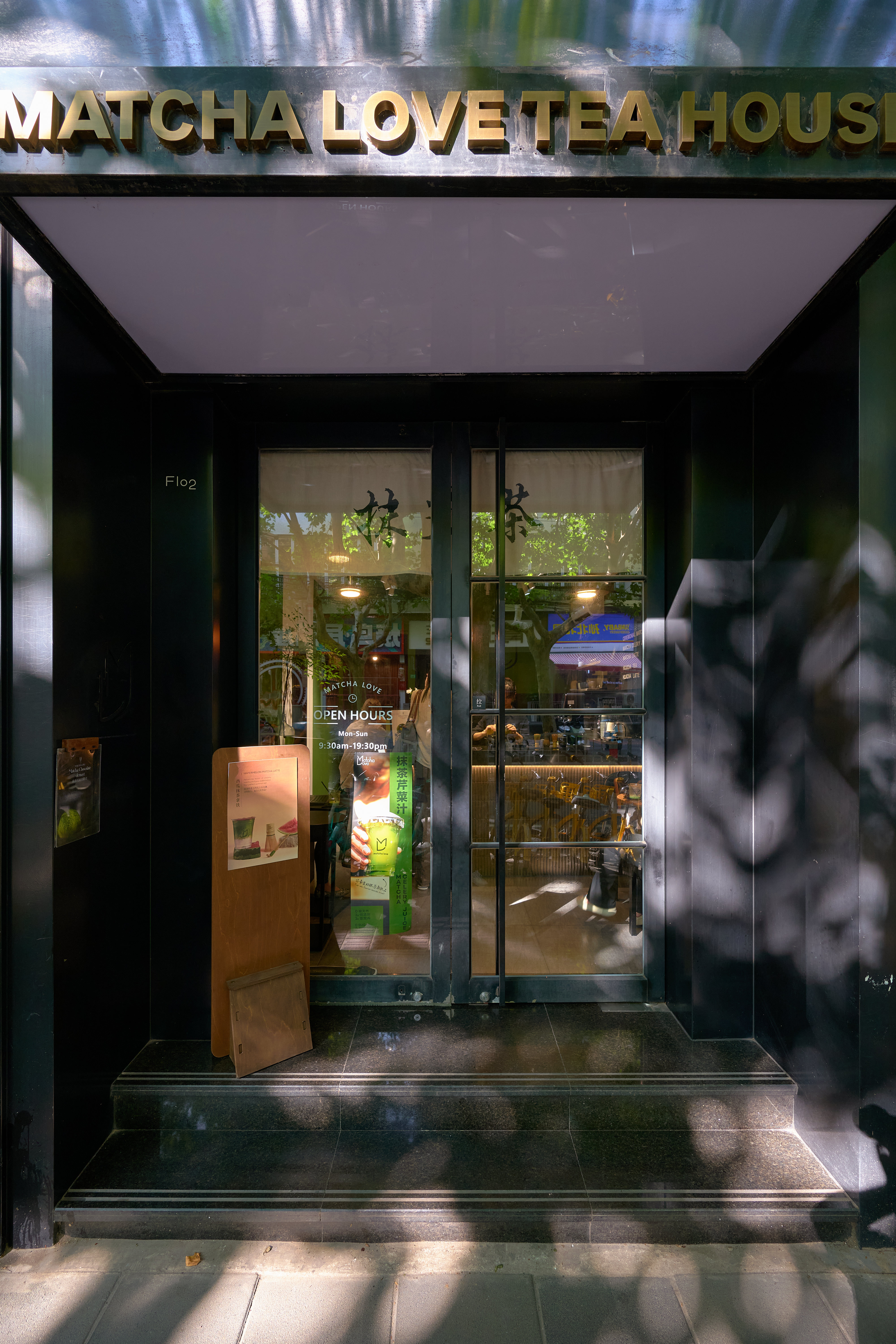
That sounds beautiful! So, you went from importing and selling matcha in Armenia to opening a full store in Shanghai? That's quite a leap.
Ha-ha, yes, it was a brave decision. The idea came to me because I couldn't find many high-quality matcha stores in Shanghai, surprisingly. Most places that people buy their matcha from are chains like Starbucks or even Luckin, ugh. I wouldn't even call whatever they sell matcha. I really wanted to have a place that uses high-grade matcha and understands how to prepare it properly, so we decided to open this store.
![[Hai Lights] Matcha is Trending in Shanghai, Here's How To Drink It](https://obj.shine.cn/files/2025/08/15/d1acb93d-9d9d-4ac3-970f-a6c60eb5bd02_0.jpg)
![[Hai Lights] Matcha is Trending in Shanghai, Here's How To Drink It](https://obj.shine.cn/files/2025/08/15/5dabcd50-fb43-443c-b703-bc687e87c7a1_0.jpg)
You are very knowledgeable about matcha, how did you learn so much?
Well, actually I worked as a full-on designer before creating my matcha business. I graduated from a fine arts university in Yerevan, and it really helped me with setting everything up. The logo, the name, the design of this store, I came up with everything. During this process of building the brand, I began to deep dive into the world of matcha, teaching myself at first, and then eventually taking special classes from Japanese and Chinese matcha masters. The legit masters who know the traditions and ceremonies behind preparing the drink. From there, I started teaching and giving talks myself. But there is always more to learn. Especially with tea ceremonies, there's always more to understand – different seasons, traditions and techniques.
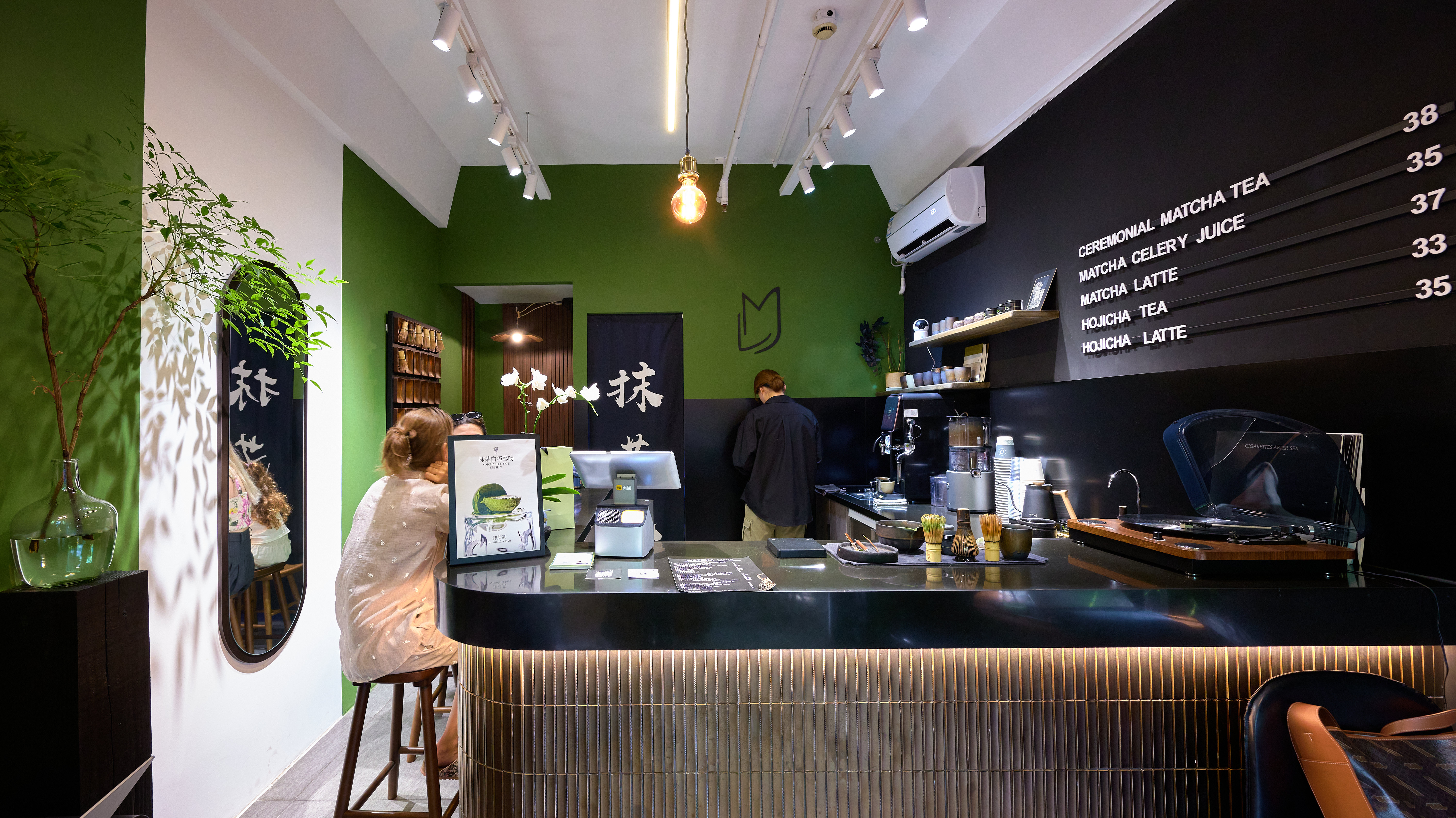
Matcha Master Tips on Knowing Good vs Bad Matcha
Now that we've gotten acquainted with our matcha expert, let's really get into the thick of it. As I have previously mentioned, a lot of people don't like the taste of matcha because they haven't yet tried the real deal. Grace outlined a few common mishaps with matcha:
• "It tastes like grass!"- bad quality matcha
• "It is too sweet!"- bad drink-making technique
• "It is so bitter!"- bad quality or worse, they burnt the matcha powder
![[Hai Lights] Matcha is Trending in Shanghai, Here's How To Drink It](https://obj.shine.cn/files/2025/08/15/9ef567ff-01a6-4baa-a77a-be1ef561bdc1_0.jpg)
![[Hai Lights] Matcha is Trending in Shanghai, Here's How To Drink It](https://obj.shine.cn/files/2025/08/15/97028b22-9593-4e7f-b6d2-0b96697521be_0.jpg)
These are the usual concerns that people have with matcha. So how can we select and know the good matcha when we try it?
Since it becomes more popular now, it is important to know what you drink. I'm not sure all these "matcha lovers" actually understand what they're drinking. Many people just follow trends. They want to be a part of the "matcha girl" aesthetic, nothing wrong with that, but here are some common rules that matcha drinkers should remember:
1. Price- Good quality matcha cannot be too cheap by default, especially now with the global shortage. Demand is high for high-quality ceremonial matcha. If it's cheap, it's probably not the stuff that represents the drink well. That goes both for the powder and the drinks. Producing matcha is a very laborious process that has many steps to it.
2. Color- Before you taste, this is the most apparent indicator. Good matcha should be bright green and have a subtle, earthy smell. If it is yellowish or brown, it is either expired or of poor quality.
3. Taste- Matcha has a specific bitterness, but it shouldn't be overwhelming. Good matcha also has nutty flavors and a nice aroma- it should not taste like grass.
Different Types of Matcha
Are there different types of Matcha, Grace?
Yes, one popular variant is called hojicha. They are the same leaves they use for matcha; however, leaves for hojicha get roasted, similar to coffee beans, so it is a different color, a dark brown. Hojicha has a milder, even sweeter flavor, and it's getting more popular in China these days.
![[Hai Lights] Matcha is Trending in Shanghai, Here's How To Drink It](https://obj.shine.cn/files/2025/08/15/2ca2832c-7434-4791-9534-5a4bbb18baf2_0.jpg)
What about the health benefits? Why do people refer to it as a healthier alternative to coffee?
So, matcha also has caffeine in it, however, there are differences in the mechanics. A 240ml cup of coffee will have between 80-120mg of caffeine, while a similar-sized cup of matcha will have 60-70mg, still a respectable amount. But there is also a difference in how the caffeine is absorbed between the two drinks. While coffee can spike your energy levels fast, there is also a harder drop in energy that will follow. That's why some people feel more tired after drinking it. Matcha, on the other hand, contains an amino acid called L-Theanine, which slows the body's absorption of caffeine, which is why people who might be sensitive to coffee find the gentler rise of energy in matcha, preferable. You get a smooth, longer-lasting boost.
Zen monks call it "calm alertness," which is great for sustained focus.
It's also full of antioxidants like vitamins A, C, E, and K. It's rich in catechins (especially EGCG), a type of antioxidant that can help protect cells from damage and reduce inflammation. Also, its green color comes from chlorophyll, which supports detoxification and eye health. The combo of catechins and caffeine can also support weight management.
Okay, I'm sold. Let's move to the fun part now. What are your personal matcha favorites and recommendations? And what would you suggest people try once they come to Matcha Love?
I drink matcha every day, as you can imagine. And my personal favorite way is simple: matcha with oat milk, that's it. In my opinion, matcha without dairy milk tastes superior. And I am not a fan of sugar (a big issue with matcha drinks in Shanghai). However, if you want something that complements dairy, then hojicha pairs well with it. It also has less caffeine, so more suitable for a night-time drink.
As for Matcha Love recommendations, my personal favorites are:
• Matcha Celery Energizer – Celery and apple juice with matcha. It may sound strange, but it's become a bestseller this summer.
• Classic Matcha Latte – With oat milk
• Matcha Dirty – A small cup with milk and a thick matcha layer on top
The simpler- the better. And we do add seasonal drinks from time to time. Right now, it is the Watermelon Matcha. Just three ingredients: matcha, oat milk and watermelon juice. Simple and delicious.
![[Hai Lights] Matcha is Trending in Shanghai, Here's How To Drink It](https://obj.shine.cn/files/2025/08/15/b2e99a37-7c3e-4fe1-a329-320ae704deb6_0.jpg)
![[Hai Lights] Matcha is Trending in Shanghai, Here's How To Drink It](https://obj.shine.cn/files/2025/08/15/d2d23eae-4ff1-4bc0-b8f1-60ce05883e50_0.jpg)
